MARCH
Spring is here! (according to the meteorological calendar, although astronomically speaking you’ll have to wait until the 20th of this month).
But don’t get too carried away by mild temperatures; the nights can still be cold and it will be quite some time before the risk of frost is past.
But, with one eye on the weather forecast, it’s a season for sowing and planting, with many things to be getting on with to try to keep pace with the ever more rapid progress of mother nature.
Divide clumps of herbaceous perennials as they start to come into growth. This invigorates them and stops them outgrowing their space,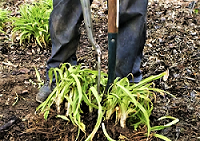 as well as providing more plants for use elsewhere
as well as providing more plants for use elsewhere
Use this opportunity to remove pernicious weeds, such as couch grass, bindweed and ground elder, that may have got into the roots, before replanting the divisions. Then finish off with a balanced feed, watering and a good layer of mulch.
Planting bare-rooted trees and shrubs,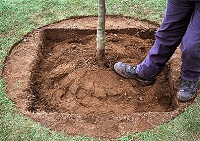 including hedging, roses and fruit trees, bushes & canes can still be done this month.
including hedging, roses and fruit trees, bushes & canes can still be done this month.
Bare-rooted plants frequently offer a wider range of varieties and good value.
Overgrown climbers can be renovated this month.
With deciduous ones, you should now be able to tell which growth is dead and which alive, as the live stems will show buds bursting into life.
Such climbers include ivy (Hedera), honeysuckle (Lonicera) and rambling roses.
Dogwood (Cornus) and willow (Salix)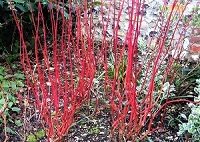 grown for their bright, colourful winter stems, should be cut back hard before new growth starts, as it is this year’s new stems that will give the most vibrant colour next winter
grown for their bright, colourful winter stems, should be cut back hard before new growth starts, as it is this year’s new stems that will give the most vibrant colour next winter
You can use the freshly cut stems as hardwood cuttings to produce new plants.
Re-pot permanent planted containers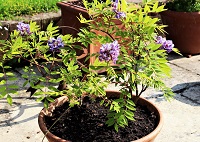 early spring is needed every two to four years to prevent problems with drying out and waterlogging.
early spring is needed every two to four years to prevent problems with drying out and waterlogging.
In between, top dressing (scraping off the old compost from the top of the container and replacing with new) is useful
As it gets warmer, slugs will become more active. Clear away dead leaves and other detritus that can harbour slugs.
Biological control, ‘Nemaslug’, is effective and is not hazardous to wildlife; however, it does not control snails.
If using pellets, ferric oxide ones pose much less of a risk than the old toxic metaldehyde ones that are now banned.
How effective are those types of barriers that claim to keep these pests at bay?
See the RHS trial results.
Planting fruit trees?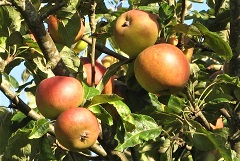 Choose varieties that will pollinate each other to give a good crop.
Choose varieties that will pollinate each other to give a good crop.
Click for more information &
pollination compatibility checkers.
Pruning of bush and climbing roses should be completed, if not already done.
They will also benefit from feeding with a granular rose fertiliser.
should be completed, if not already done.
They will also benefit from feeding with a granular rose fertiliser.
There is also lots of useful advice in the talk Liz Sawday gave us in 2023.
Trim winter-flowering heathers as soon as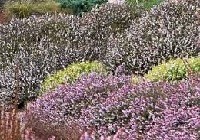 their flowers fade (most easily done with a pair of shears); otherwise the plants risk becoming leggy.
their flowers fade (most easily done with a pair of shears); otherwise the plants risk becoming leggy.
Avoid cutting back into the woody stems as they will probably not regenerate.
Keep on top of early weed growth by hoeing off emerging weeds before they get really established – this will be much easier if you sharpen the hoe first.
Then put down a thick layer of mulch. This will save a lot of work later in the season.
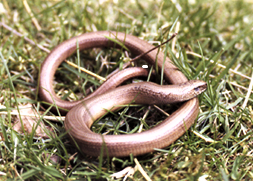
Slow Worm
You may well come across this welcome friend in the garden this month.
Wildlife
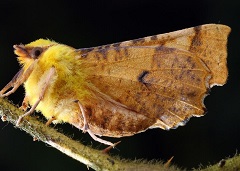
Join the Dark Side
How moths are affected by lighting, not only street lights, but also house and garden ones.
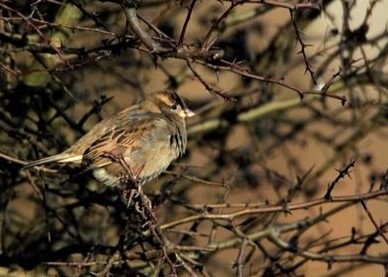
Garden Hedges
A useful & attractive feature that’s an important habitat for many types of wildlife.
Click any day below for a more detailed weather forecast, also looking further ahead



